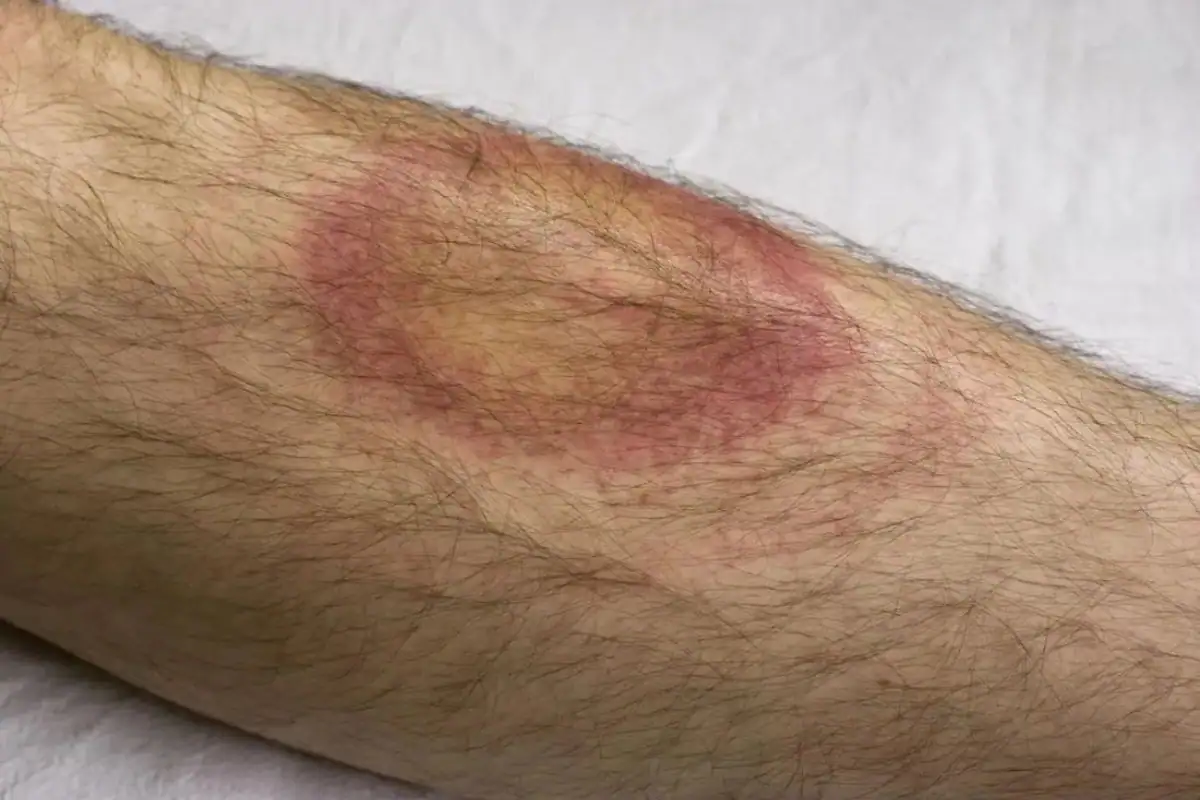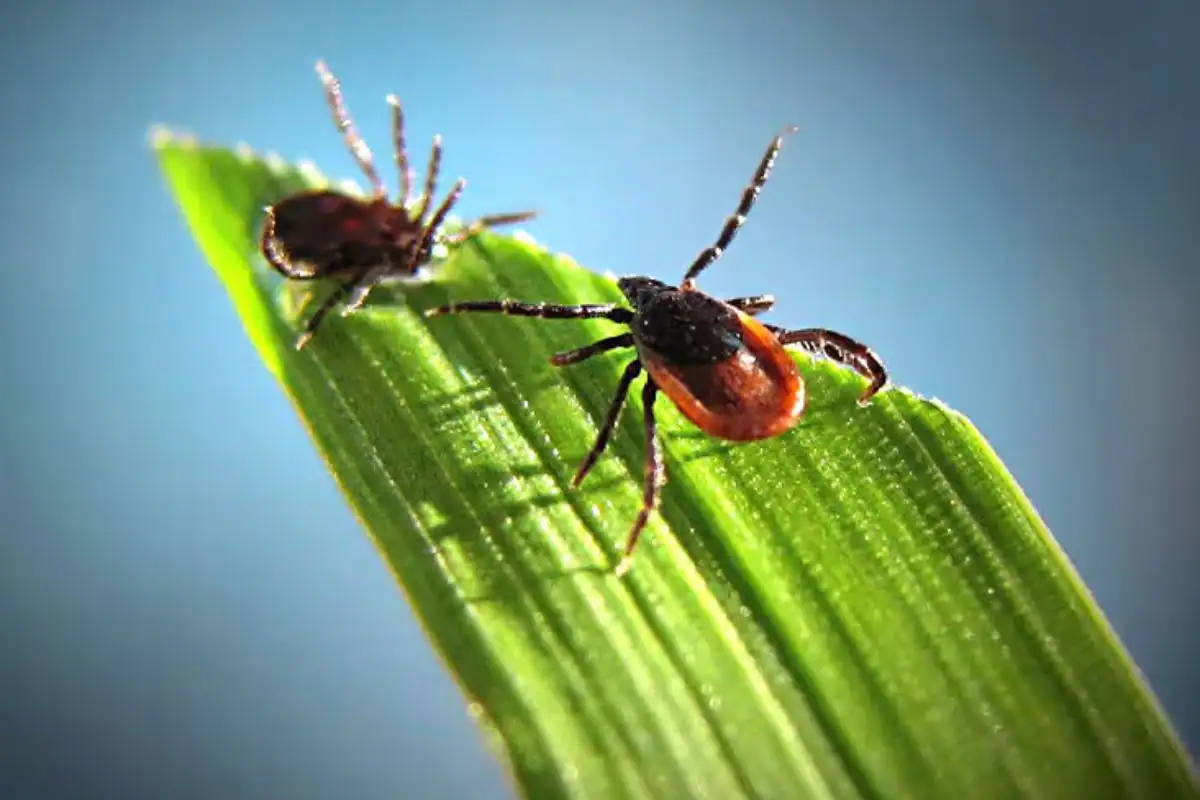Advertisement
Lyme Disease Symptoms You Shouldn’t Overlook
Updated: Nov 8, 2024
Advertisement
Lyme disease is caused by bacteria transmitted through the bite of an infected black-legged or deer tick. Living near grassy or wooded areas or spending a lot of time outdoors increases your risk of exposure, as these areas are prime tick habitats. When a tick carrying Lyme disease bites, it usually leaves a small red bump at the bite site, which is a normal reaction and doesn’t necessarily mean you’ve contracted Lyme. However, for Lyme disease to be transmitted, the tick must stay attached for at least 36 hours. Early symptoms are often mild but tend to worsen if left untreated.
The First Sign: A Rash
One of the initial signs of Lyme disease is a rash, appearing anywhere from three days to a month after being bitten. Most commonly, this rash surfaces about a week after the tick bite. The redness tends to expand and can reach up to a foot in diameter. As the rash grows, it may develop a bulls-eye shape, with a lighter area in the center. Though not everyone develops this rash, about 80 percent of those infected do. Known as Erythema migrans (EM), the rash can feel warm but is usually not painful or itchy. It may appear anywhere on the body, and in some cases, multiple EMs can form.
Advertisement
Flu-Like Symptoms
Alongside the rash, early symptoms of Lyme disease often mimic those of the flu. Chills, a fever of around 100.4°F or higher, and fatigue are common indicators. Fatigue, especially when unexplained, can signal an underlying condition such as Lyme disease. Swollen lymph nodes, another common infection symptom, may also appear at this stage. While flu symptoms are familiar to many, persistent or unexplained occurrences after a tick bite are worth investigating.
Advertisement
Severe Headache and Body Aches
Although the flu can cause headaches, Lyme disease often triggers a more intense headache paired with neck stiffness. This symptom requires prompt medical attention, as it can indicate a Lyme infection. Body aches, which may feel like muscle soreness or joint pain, are also common. These aches can emerge in the early stage of Lyme disease but might also appear during later stages, as the disease progresses.
Advertisement
Nerve Pain
As Lyme disease advances, it may lead to nerve pain, resulting in numbness, weakness, or tingling sensations, especially in the arms and legs. Sharp, shooting pains can also occur intermittently in muscles, bones, or tendons. When combined with other Lyme symptoms, this nerve pain can be a clear indication of infection. Though nerve-related issues are typically experienced in the later stages, they can emerge earlier for some individuals.
Advertisement
Memory Issues
Memory problems, particularly short-term memory loss, can arise as a result of Lyme disease. This symptom usually occurs in the later stages and may go unnoticed at first. People often assume that minor memory lapses are a result of aging or stress, but if forgetfulness becomes frequent, it might be worth consulting a doctor. Though not a primary symptom, memory issues can provide an additional clue when paired with other signs of Lyme disease.
Advertisement
Joint Pain and Swelling (Arthritis)
When Lyme disease is left untreated, joint inflammation may develop within weeks or months, leading to a condition known as Lyme arthritis. The knees are especially vulnerable to this, but other joints can also be affected. Symptoms include swelling, stiffness, and significant pain, which can make movement challenging. This form of arthritis is a common late-stage symptom and requires medical treatment to prevent further joint damage.
Advertisement
Facial Paralysis (Bell’s Palsy)
Bell’s palsy, or facial paralysis, is a later-stage symptom of Lyme disease that affects the facial muscles. Individuals with Bell’s palsy may notice that one or both sides of their face begin to droop, and they may lose control of facial muscles. In some cases, temporary paralysis of other muscles may also occur, though this is rare. If you or someone you know experiences sudden facial weakness, it’s important to seek medical evaluation.
Advertisement
Irregular Heartbeat (Lyme Carditis)
Lyme disease can cause Lyme carditis, an irregular heartbeat, during the second or third stages of infection. Some people experience heart palpitations, such as rapid or fluttering beats. Although Lyme carditis is relatively uncommon, it may cause symptoms lasting only a few days or weeks. If palpitations or unusual heart sensations arise after a tick bite, they could indicate this heart-related complication of Lyme disease.
Advertisement
Dizziness and Shortness of Breath
Lyme disease can lead to dizziness or shortness of breath, often associated with Lyme carditis or related cardiac issues. Standing up slowly from a seated or lying position might help relieve this sensation temporarily. However, persistent lightheadedness or a feeling of faintness should be evaluated by a doctor. These symptoms, although less common, may indicate a more serious stage of Lyme disease that requires attention.
Advertisement
Generalized Inflammation
In rare cases, Lyme disease causes widespread inflammation throughout the body. This can affect the joints, eyes, and even the liver, resulting in conditions like hepatitis or eye inflammation. Occasionally, meningitis – the inflammation of the membranes around the brain – can occur, although it is highly uncommon. These cases illustrate the extensive impact that untreated Lyme disease can have on overall health.
Advertisement
Scroll downfor the Next Article
.png)




